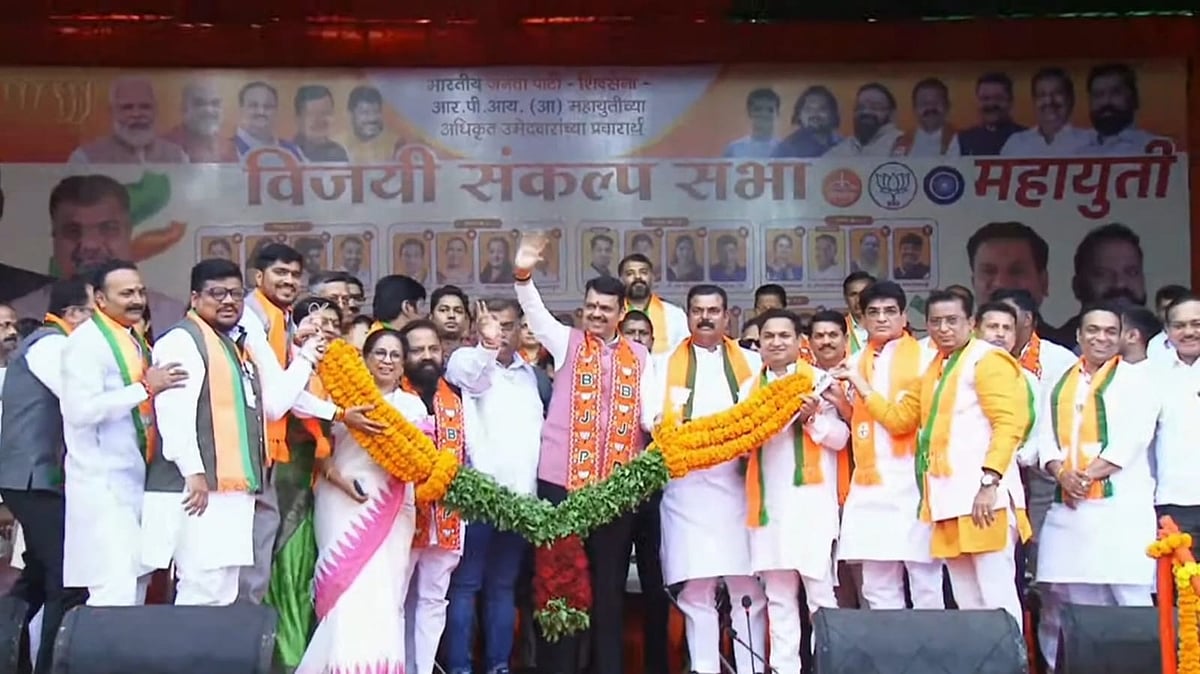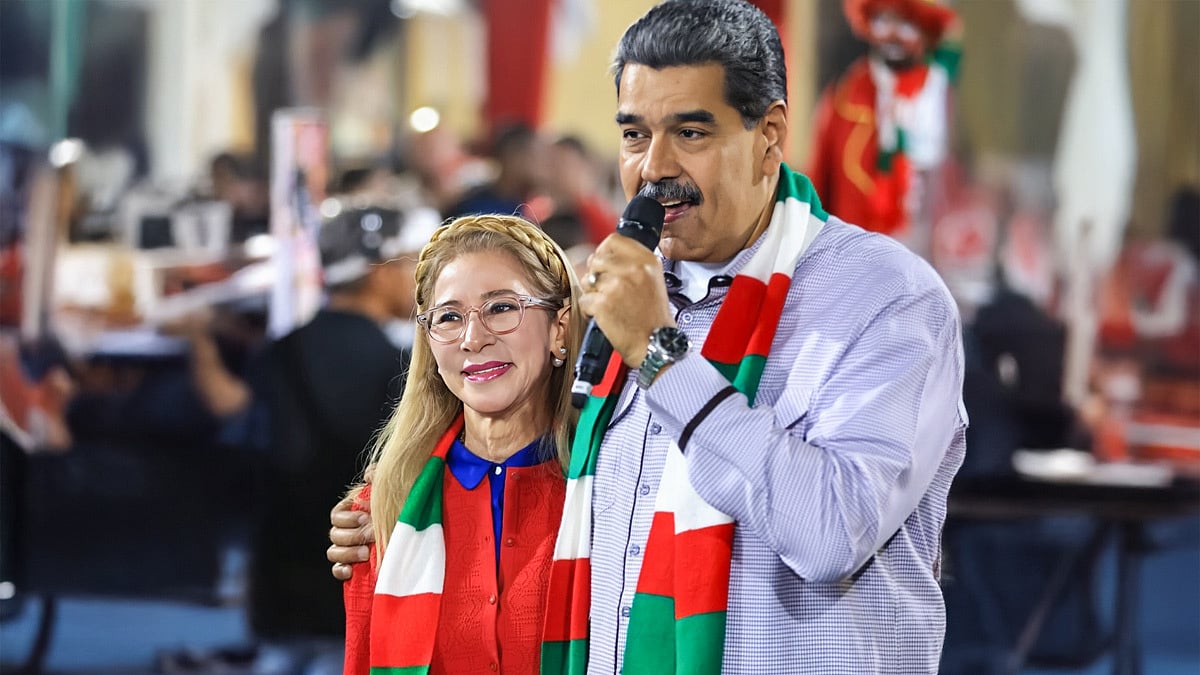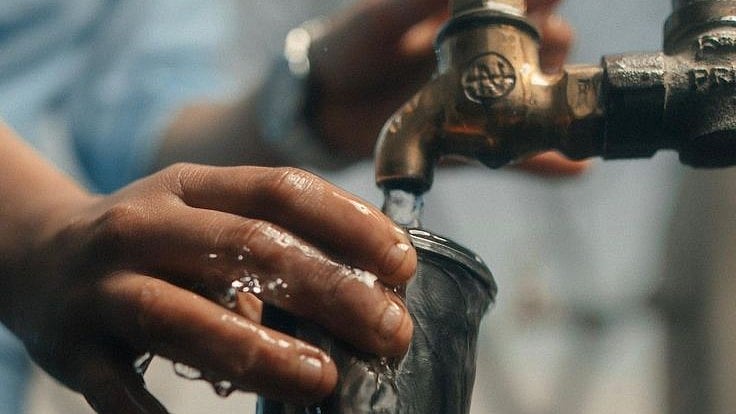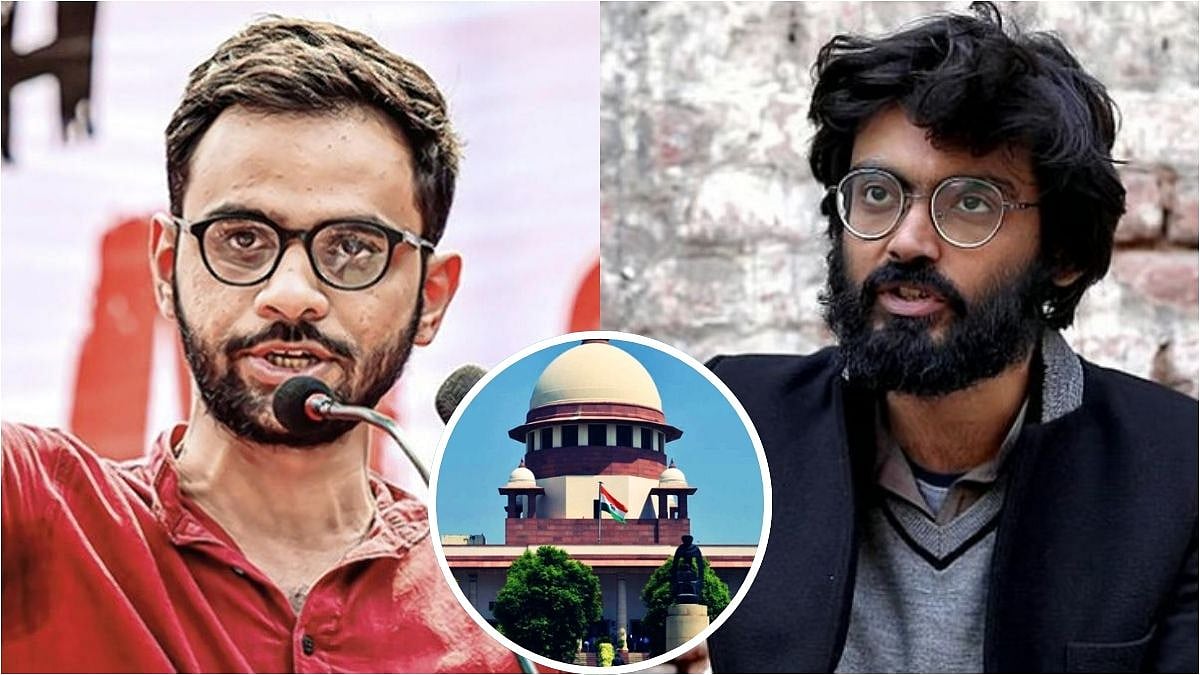Rahul Gandhi’s proposal for Nyunatam Aay Yojana (Nyay) connoted well, irrespective of how serious the Congress president may have been with his scheme. Announced with much fanfare at the start of the election campaign in January, it had all but been forgotten by the time the campaign ended. So much for its sustainability.
But the acronym Nyay straightaway achieved good connect with the need for more inclusive growth compared to the one we have managed to achieve after a half century of independence. To that extent, it had created some excitement as well.
The idea that Rahul came up with, or rather fed to him by his advisers, was a good response to Modi’s well-orchestrated scheme of direct transfer of Rs 2,000 to the account of farmers, which seemed to have created a groundswell of support for the ruling alliance in good time.
So, apart from the need to come up with something more appealing, it was doubtful if anyone had given serious thought to Rahul’s Nyay promise. The Congress president himself explained it in a most simplistic way: Rs 6,000 going into the account of 20 per cent of India’s poor people every month.
That would be a neat five crore beneficiary families, with its direct impact on consumption and demand creation. Demand makes an economy flourish, which will then lead to greater production, implying more investments and a boost to the economy. Everything will be hunky-dory.
Questions were raised as to where the money would come from. That did not seem to be much of a bother for Rahul Gandhi, who put the ball in the court of veterans like P Chidambaram, who had assumed a self-styled role of shadow finance minister by taking on Arun Jaitley whenever the occasion demanded. But the former finance minister is not known to have come up with anything specific.
There was also another catch. A minimum income guarantee scheme will have universal applicability, which means everyone would be entitled to receive the money, subject to conditions. But what Rahul promised was a scheme meant to target the poor people, vaguely assumed at 20 percent of the population.
That creates a big issue as to how the poor people would be identified and what would be the criteria for considering someone as poor. Already there has been much confusion over the definition of poor, whose income level has since been lowered drastically to keep large sections of poor people out of the bracket without any change happening to their material condition.
The presence of former RBI governor Raghuram Rajan in the debate seemed to have given Rahul’s plan some respectability, though. Rajan revealed he had offered his views on the scheme to the Congress party and that it was a ‘doable’ idea and well worth thinking how it could be made into something more than a handout. He disclosed that he had spoken to many Congress leaders, including Rahul Gandhi, former Prime Minister Manmohan Singh and P Chidambaram on the topic.
The leading economist also referred to Modi’s scheme for farmers and said direct cash transfers was the way to go forward. It can help inculcate the necessary capabilities in people over the medium term and help boost growth, he pointed out. “My sense of what the Congress is saying is that this will all be laid out. We will figure out how to do it. They have proposed a committee, pilot projects and phased rollout,” Rajan was quoted as saying in a report.
It is clear that the approach might stay relevant, but whether Rahul’s scheme as such will have a life of its own will be known only in the days to come, depending on whether Modi manages to perform the miracle of a second term that he has promised. Even in terms of approach, a crucial question would be whether such a scheme will be a top-up on the existing schemes of targeted help to vulnerable sections, or whether it will subsume some of the current subsidies.
The prospects of such a scheme have already planted doubts in the mind of the middle class, the section of people who actually finance the government and its various schemes, that they would be the ones to bear the brunt of the additional resource mobilisation. The Congress party had apparently tried to assuage the fear, but without providing any clues as to how that could work out on the ground.
Tax is a double-edged weapon. It can yield additional resources for sure, but that would also mean greater inflation, which will, in turn, reduce the value of the handout to the beneficiaries. And if money is to be mobilised by rationalising the existing subsidies, some of the targeted welfare schemes currently in operation, including the highly sensitive public distribution system, would become a casualty. Either way, it is much more than a simple solution to a simple problem.
Arjavi Indraneesh is freelance journalist. Viwes are personal.









